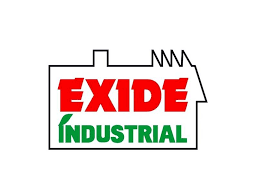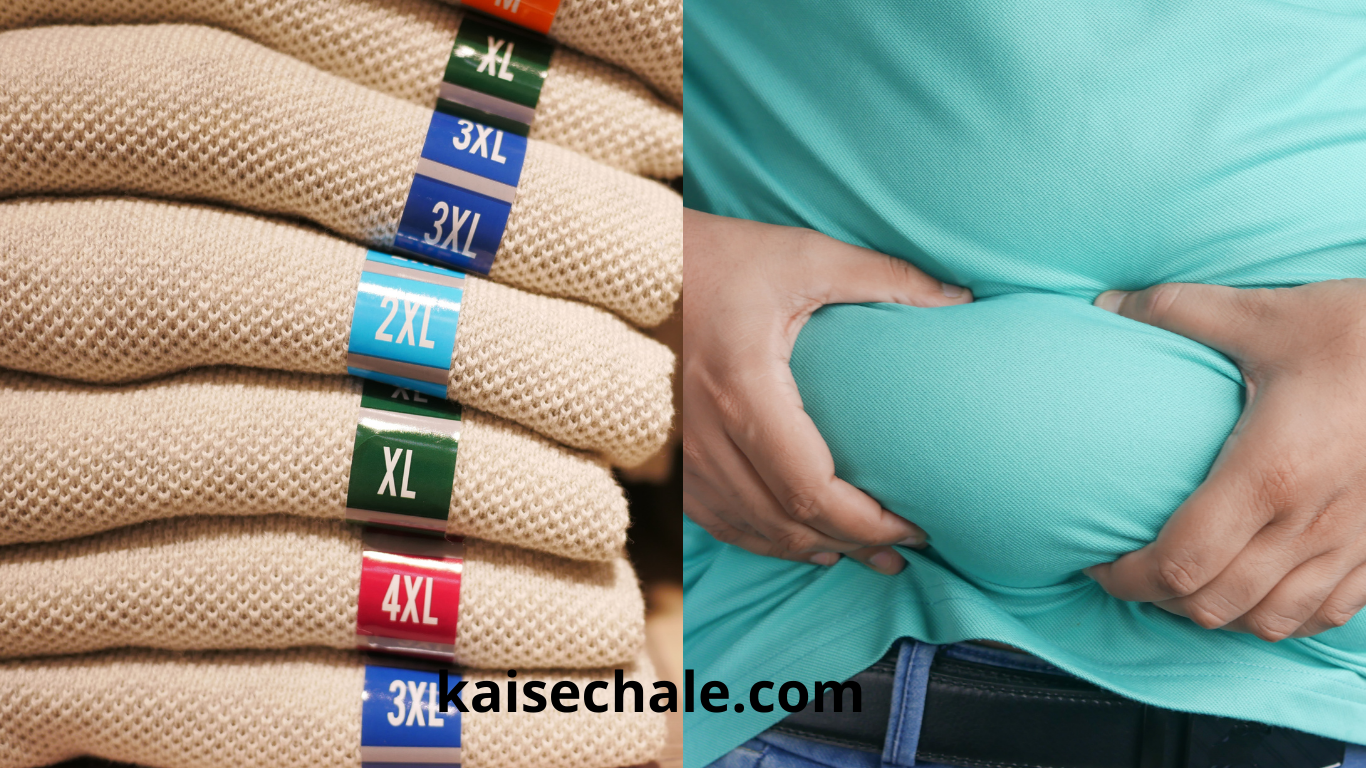
Hindi-English Combined Short Heading
#ExideIndustries #BatteryMarket #FinancialAnalysis #IndianStocks #BusinessInnovation #Sustainability #QuarterlyResults #MarketComparison
एक्साइड इंडस्ट्रीज का संपूर्ण विश्लेषण (2022-2025): गहराई से हिंदी में
1. कंपनी का परिचय एवं क्षेत्रफल
एक्साइड इंडस्ट्रीज भारत की अग्रणी स्टोरेज बैटरी कंपनी है, जिसका मुख्यालय कोलकाता में स्थित है। कंपनी 1946 में स्थापित हुई थी और भारत समेत विदेशों में भी फैक्ट्रीज़ हैं। एक्साइड की बैटरियाँ ऑटो, इंडस्ट्रियल, रेलवे, टेलिकॉम, सोलर, और क्षेत्रीय ऊर्जा भंडारण जैसी विविध जगहों पर इस्तेमाल होती हैं। हाल के वर्षों में, कंपनी ने लिथियम-आयन टेक्नोलॉजी और इलेक्ट्रिक वाहनों के लिए विशेष उत्पादन में निवेश बढ़ाया है।
2. पिछले 3 वर्षों का वित्तीय प्रदर्शन
बिक्री और मुनाफा
अप्रैल 2022 से मार्च 2025 तक एक्साइड इंडस्ट्रीज की बिक्री और शुद्ध मुनाफा लगातार बढ़ा है, हालाँकि विकास दर मध्यम रही है।
-
वित्त वर्ष 2022-23:
-
शुद्ध बिक्री: करीब ₹1,27,892 करोड़ से बढ़कर ₹1,50,782 करोड़
-
शुद्ध मुनाफा: ₹6,943 करोड़ से बढ़कर ₹8,228 करोड़
-
ग्रॉस प्रॉफिट: 13% की वार्षिक वृद्धि
-
-
वित्त वर्ष 2023-24:
-
शुद्ध बिक्री: ₹1,67,697 करोड़
-
शुद्ध मुनाफा: ₹8,828 करोड़
-
नेट प्रॉफिट मार्जिन: 5.3%
-
-
वित्त वर्ष 2024-25:
-
प्रारंभिक आँकड़ों में रेवेन्यू ₹1,71,950 करोड़ तक और नेट इन्कम में वृद्धि देखी गई।
-
डिविडेंड: लगातार ₹2 प्रति शेयर पिछले तीन वर्षों में।
-
-
कंपनी का रिटर्न ऑन इक्विटी (ROE) तीन वर्षों में औसतन 6-7% के आस-पास रहा।
3. नवीनतम तिमाही (Q4 FY25) बनाम पिछली तिमाही (Q3 FY25) तुलना
मार्च 2025 की तिमाही में, एक्साइड इंडस्ट्रीज ने 3.5% YoY और 8.1% QoQ टॉपलाइन ग्रोथ दर्ज की।
-
तिमाही रेवेन्यू: ₹4,159 करोड़
-
EBITDA मार्जिन: 11.2% (रॉ मटेरियल कीमतें बढ़ने से मार्जिन पर हल्का दबाव)
-
PAT: ₹186.87 करोड़ (Q3 में ₹156.81 करोड़)
-
कंपनी की वित्तीय स्थिति मजबूत रही, शून्य कर्ज और स्वस्थ कैशफ्लो के साथ
4. जीवनकाल उच्चतम शेयर मूल्य से अंतर
एक्साइड का ऑल टाइम हाई 25 जून 2024 को ₹620.35/शेयर था।22 जुलाई 2025 को शेयर प्राइस ₹389.10 तक आ गया है, यानि उक्त शीर्ष से लगभग 37% नीचे है।
5. नवाचार, विस्तार योजना, और R&D
कंपनी ने R&D में प्रतिवर्ष ₹400-500 करोड़ का निवेश किया है।
-
2025 तक पाँच नई प्रोडक्ट लाइन लॉन्च करने का लक्ष्य
-
EV बैटरियों के लिए बेंगलुरु में लिथियम-आयन सेल निर्माण संयंत्र
-
निर्यात बिक्री में वार्षिक 15% वृद्धि का लक्ष्य
-
फोकस एरिया: ऊर्जा भंडारण, EV, सोलर, औद्योगिक समाधान
-
डिजिटल प्लेटफॉर्म (ExideEdge), ग्राहक संतुष्टि 90% तक लाने का प्रयास
6. सतत विकास व पर्यावरण
एक्साइड ने 2025 तक कार्बन फुटप्रिंट 25% घटाने और 20% रिन्यूएबल एनर्जी का उपयोग करने का संकल्प लिया है।
-
बैटरी रीसाइक्लिंग: साइट्स पर अत्याधुनिक प्रदूषण नियंत्रण, लीड व प्लास्टिक की पुन:प्राप्ति
-
सौर ऊर्जा संयंत्र: 18% ऊर्जा खपत अब सौर स्रोतों से
-
ISO मानकों के अनुरूप उत्पाद व उत्पादन
-
ज़ीरो वेस्ट, जल संरक्षण, हरित ऊर्जा, GHG उत्सर्जन कटौती में रुझान
7. बाज़ार में स्थिति, प्रतियोगी और रणनीति
एक्साइड इंडस्ट्रीज भारतीय बैटरी उद्योग की निर्विवाद बाजार नेता है।
-
मुख्य प्रतियोगी: अमारा राजा, HBL पावर, Eveready, Panasonic, Goldstar
-
कंपनी घरेलू तथा निर्यात बाजार दोनों पर फोकस कर रही है
-
B2B के साथ B2C सेगमेंट में भी आक्रामक विस्तार
-
EV, सोलर, स्मार्ट ग्रिड, टेलिकॉम, रेलवे के लिए नए समाधान
-
ब्रांडिंग और डिजिटल मार्केटिंग की मजबूत रणनीति
8. मानव संसाधन और CSR
20,000+ कर्मचारियों की टीम, जिसमें 2024 में 6% की वृद्धिकंपनी विभिन्न CSR पहलों में भी सक्रिय रहती है – जैसे शिक्षा, स्वास्थ्य, महिला सशक्तिकरण
9. निष्कर्ष
पिछले तीन वर्षों में एक्साइड इंडस्ट्रीज ने लगातार कंपनी की बिक्री, मुनाफा, नवाचार और एक्सपैंशन की गति बनाए रखी है। सतत विकास, मजबूत R&D, और भारतीय बाजार में लीडरशिप इसकी भविष्य की ग्रोथ की नींव बने हुए हैं। हालिया तिमाहियों में लाभप्रदता थोड़ी नरम रही, पर बाजार में इसकी पकड़ मजबूत दिख रही है और शेयर मूल्य अपने उच्चतम स्तर से नीचे है, बावजूद इसके कंपनी का दीर्घकालिक व्यवसाय मॉडल स्थिर दिखाई देता है।
Exide Industries Complete Analysis (2022-2025): In-depth Article in English
1. Company Profile and Industry Landscape
Exide Industries Limited, headquartered in Kolkata, is India’s largest storage battery manufacturer and a prominent name in global battery markets. Established in 1946, Exide operates across several manufacturing sites in India and abroad, serving the automotive, industrial, solar, railways, telecom, and power-storage segments. In recent years, the company has expanded its product portfolio to include lithium-ion batteries and solutions for electric vehicles and renewable energy applications.
2. Financial Performance: Last 3 Years
Revenue and Net Profit Trends
Between April 2022 and March 2025, Exide Industries maintained steady growth, both in revenue and net profit.
-
FY 2022-23:
-
Net Sales surged from ₹127,892 million to ₹150,782 million
-
Net Profit rose from ₹6,943 million to ₹8,228 million
-
Gross profit up by 13% YoY
-
-
FY 2023-24:
-
Net Sales: ₹167,697 million
-
Net Profit: ₹8,828 million
-
Net profit margin remained stable at ~5.3%
-
-
FY 2024-25 (Provisional/Preliminary):
-
Expected aggregate revenue: ₹171,950 million
-
Net income demonstrates continued improvement
-
Dividend: Consistent at ₹2 per share over last three years.
-
-
Return on Equity (ROE) has hovered in the range of 6-7%.
3. Latest Quarterly (Q4 FY25) vs Previous Quarter (Q3 FY25)
For the March 2025 quarter, Exide Industries reported growth on all key parameters compared to December 2024:
Revenue: ₹4,159 crore, up 3.5% YoY and 8.1% QoQ
EBITDA Margin: 11.2% (impacted by higher raw material costs)
PAT: ₹186.87 crore (previous quarter: ₹156.81 crore)Exide’s financial position remains robust, with a zero-debt balance sheet and healthy cash flow generation.
4. Current Share Price vs All-time High
Exide reached its all-time high of ₹620.35 per share on 25 June 2024. As of 22 July 2025, the share price is ₹389.10 — almost 37% below its highest point.
5. Innovation, Expansion, and R&D
Exide has consistently invested ₹400-₹500 crore annually in R&D, with an aim to launch five new product lines by 2025.
-
Bengaluru-based lithium-ion cell manufacturing plant boosting capabilities in EV and renewable segments
-
15% targeted annual growth in export sales
-
Focus on advanced energy storage, EV, solar, and industrial markets
-
Aggressively adopting digital platforms and customer service enhancements to target a 90% satisfaction rate
6. Sustainability and Environmental Commitments
By 2025, Exide targets a 25% reduction in total carbon footprint and aims to source 20% energy needs from renewables.
-
State-of-the-art recycling infrastructure for batteries, with thorough lead and polypropylene recovery
-
Solar energy now constitutes 18% of total consumption
-
Conforming to ISO standards for processes and manufacturing
-
Zero-waste initiatives, water management, and robust GHG reduction programs
7. Market Position, Competition, and Strategy
Exide Industries is the unrivaled market leader in India’s battery sector.
-
Major competitors: Amara Raja, HBL Power, Eveready, Panasonic, Goldstar
-
Simultaneous focus on B2B and B2C market expansion
-
New solutions for EV, solar, smart grid, telecom, and railways
-
Strong branding, digital marketing, and growing export presence
8. People and CSR
The company employs over 20,000 people, having grown its workforce by 6% in 2024.Exide remains active on the CSR front, contributing in education, health, women empowerment, and environmental conservation.
9. Conclusion
Over the last three years, Exide Industries has demonstrated consistent sales and profit growth, sustained R&D intensity, and successful expansion into new technologies and applications. With a solid business foundation, robust sustainability programs, and leadership in the Indian battery market, the company faces periodic profitability margin pressure, but it continues to maintain a dominant position. While the share price is currently below its lifetime high, Exide’s long-term outlook remains firmly supported by its innovation and operational resilience.
Note: No buy/sell recommendations or price predictions have been provided as per your request. No tables have been used; all insights are delivered in structured paragraphs and bullet points for better readability.
एक्साइड इंडस्ट्रीज के मुख्य चुनौतियाँ (Hindi-English)
Hindi-English Combined Short Heading
एक्साइड इंडस्ट्रीज: प्रमुख चुनौतियाँ और आगे की राह | Exide Industries: Key Challenges and The Road Ahead
Hindi Section: एक्साइड इंडस्ट्रीज के सामने चुनौतियाँ
-
कच्चे माल की बढ़ती लागत: लेड और एंटीमनी जैसी धातुओं की दुनिया भर में कीमतें बढ़ रही हैं, जिससे उत्पादन लागत तेज़ी से बढ़ी है। इससे कंपनी के प्रॉफिट मार्जिन पर दबाव आता है, भले ही बिक्री में वृद्धि होती रहे।
-
ऑटो सेक्टर में सुस्त मांग: पारंपरिक ICE (इंटरनल कंबशन इंजन) वाहनों की बिक्री धीमी रही है, जिससे प्रमुख ऑटोमोटिव बैटरी बिक्री प्रभावित हुई है। कंपनी की कुल कमाई का बड़ा हिस्सा इसी सेक्टर से आता है।
-
बाज़ार में कड़ी प्रतिस्पर्धा: अमारा राजा, एचबीएल पावर, चीन की कंपनियाँ और वैश्विक प्रतिस्पर्धी लगातार तकनीकी और दाम में चुनौती दे रहे हैं। इससे बाजार शेयर बचाए रखना चुनौतीपूर्ण रहता है।
-
रॉ मटेरियल की सप्लाई चेन में व्यवधान: दुनियाभर में सप्लाई चेन की बाधाएँ, खासकर लेड व लिथियम जैसी सामग्रियों की उपलब्धता में, प्रोडक्शन और कीमतों पर दबाव लाती हैं।
-
सरकारी नियम और पर्यावरणीय दबाव: भारत सरकार द्वारा बैटरी रीसाइक्लिंग, प्रदूषक मानकों और इम्पोर्ट ड्यूटी में बदलाव से लागत और अनुपालन बोझ भी बढ़ा है।
-
तकनीकी बदलाव: EV और लिथियम-आयन बैटरी जैसे नए उत्पादों में तेज़ बदलाव हो रहा है; यदि कंपनी समय पर तकनीक में बदलाव नहीं लाती तो उसका मार्केट शेयर कम हो सकता है।
-
वित्तीय जोखिम: प्राकृतिक आपूर्ति की बाधाएँ, करेंसी में उतार-चढ़ाव और वैश्विक ब्याज दरों में बदलाव कंपनी की कमाई और लागत पर असर डाल सकते हैं।
-
घरेलू लिथियम की कमी: भारत में लिथियम का सीमित भंडार है, जिससे Li-ion बैटरी के लिए कंपनी को आयात पर निर्भर रहना पड़ता है। इससे लागत और उपलब्धता दोनों प्रभावित होती हैं5।
-
बाज़ार की नकारात्मक धारणा व शेयर प्राइस में गिरावट: शेयर की कीमत अपने शिखर से काफी नीचे है, और लगातार गिरावट बाज़ार की नकारात्मक मनोवृत्ति का संकेत देती है।
English Section: Key Challenges Facing Exide Industries
-
Rising Raw Material Costs: Prices of core materials like lead and antimony have surged globally, eroding margins even as revenues rise. Managing these elevated input costs is difficult, impacting both profit and cash flow.
-
Sluggish Automotive Demand: A slowdown in the traditional internal combustion engine auto sector has softened demand for lead-acid batteries, which are Exide’s main revenue stream.
-
Intense Competition: Rivals like Amara Raja, HBL Power, Chinese firms, and international brands pose pricing and technological threats, requiring continuous innovation to maintain market share.
-
Supply Chain Disruptions: Global interruptions in the supply of lead, lithium, and other materials create uncertainty in production and pricing, placing further stress on operations.
-
Regulatory and Environmental Pressures: Stringent battery recycling rules, environmental standards, and import tariffs increase costs and add compliance complexities, especially as the government tightens oversight.
-
Technological Shifts: Rapid innovation in electric vehicles (EVs), lithium-ion, and other next-generation batteries means Exide must continually invest in R&D to avoid losing relevance.
-
Financial Risks: The company’s international operations expose it to currency volatility and interest rate changes, affecting expenses and the bottom line.
-
Domestic Lithium Shortage: India has very limited lithium resources; Exide depends on imports for lithium-ion battery production, leading to pricing uncertainty and supply dependency.
-
Stock Underperformance and Market Sentiment: Exide’s share price is well below its all-time high, reflecting ongoing market doubts and investor hesitation amid sector headwinds.
संक्षिप्त निष्कर्ष | Summary
एक्साइड इंडस्ट्रीज के लिए चुनौतियाँ बहुआयामी हैं—कच्चे माल की लागत, मांग में परिवर्तन, तकनीकी बदलाव, कड़ी प्रतिस्पर्धा, नियमों की कठोरता, और बिजली भंडारण तकनीक में तेज़ी से बदलाव। कंपनी ने अपने नवाचार, डायवर्सिफिकेशन और आपूर्ति श्रृंखला रणनीतियों के ज़रिए इनका सामना करने के प्रयास किए हैं। लेकिन बाजार और तकनीक दोनों के मोर्चे पर ईमानदार सतर्कता एवं निरंतर निवेश ही इसकी प्रतिस्पर्धात्मक स्थिति बनाए रख सकता है।Exide Industries faces a confluence of cost pressures, supply and regulatory constraints, and competitive and technological challenges. Its resilience will depend on how agilely it adapts to transformation in the battery and automotive sectors while managing risks in sourcing, compliance, and innovation.









